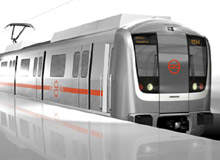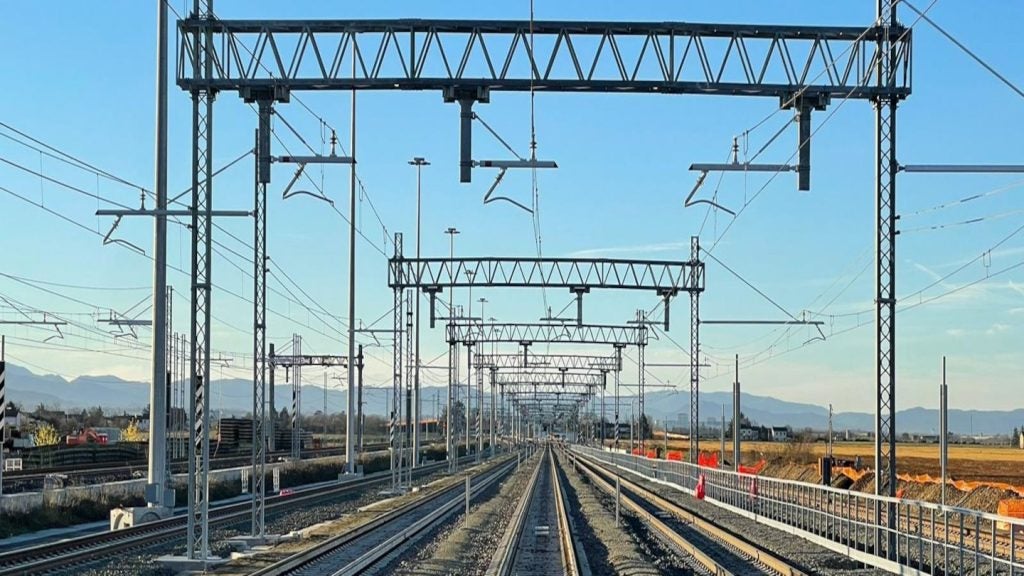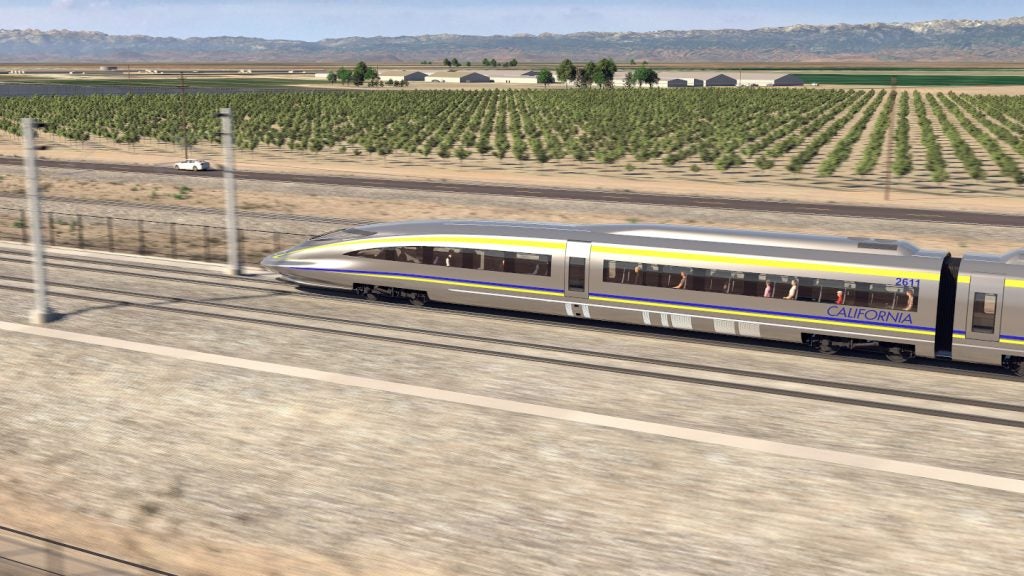
Distinctions between passenger railway operations have blurred as new breeds of vehicle have taken to the tracks. According to the UK’s Light Rail Transit Association, features that characterise ‘light rail’ include the capability of running on former railway lines, alongside highways or on street as a tramway.
With the advent of the tram-train, the mode can also share tracks with (heavy) rail vehicles. Inherent is the capability of entering city centres, safely sharing urban space with pedestrians.
With the proviso that the last part would exclude systems like London’s Docklands Light Railway, these are broadly the criteria used today. The term ‘heavy rail’ is used to describe infrastructure and vehicles as per mainstream railway operation.
Successful public transport is about ‘horses for courses’, getting the right mode(s) in situ to meet the needs of the passengers and operators, all in context of what the paymaster can afford – or wants – to spend.
Hanging on to heavy rail as the principal high-volume mode has the lure of minimising capital costs, for many of the world’s railway networks were a legacy from a century before. In most cases the original rail infrastructure has been expanded and improved, but it is the vital commitment of land-to-rail alignments for which thanks are due to the visionaries and frequently disappointed investors of the past.
EXPANDING CITIES
How well do you really know your competitors?
Access the most comprehensive Company Profiles on the market, powered by GlobalData. Save hours of research. Gain competitive edge.

Thank you!
Your download email will arrive shortly
Not ready to buy yet? Download a free sample
We are confident about the unique quality of our Company Profiles. However, we want you to make the most beneficial decision for your business, so we offer a free sample that you can download by submitting the below form
By GlobalDataAlthough some lines and stations were built speculatively to stimulate land values through urbanisation, famously exemplified by the Metropolitan Railway to the north of London and by counterparts to its south, railways were primarily built to serve prevailing industry and human settlement.
Heavy rail networks, usually with the presumption of long-distance travel being the business rationale, tended not to serve the outer reaches of origin or destination cities, nor the satellite dormitory towns which also expanded throughout the 20th century.
In much of the US, heavy rail had not filled that role for many years, if at all. However, even in the face of anti-public sector spending and road lobby criticism, existing light rail has been expanded or new systems introduced, as with Dallas, Hudson-Bergen, Houston and Los Angeles. This is precisely because other forms of rail travel will not solve the problem and because a wholly road-based alternative is foreseen as a gridlocked
dead-end.
As suburban railways cannot function effectively with closely spaced stops, passengers would use buses to the nearest station if beyond reasonable walking distance. Although vital for comprehensive public transport, flexible in application and with a short lead time for deliveries, buses contribute to and are caught up in road congestion, deliver pollution as they progress, and in comparison to rail have low capacity, long loading times and are slower.
Where high-volume passenger flows are predictable or can be channelled, light rail fills the middle ground between suburban rail and bus services. It also has the reputation of greenness as greater weight is accorded to environmental factors. Electrification removes the pollution impact from routes and allows for multi-sourcing of fuels for the electricity supply.
Sometimes cited as the birthplace of modern light rail, Sweden’s second city, Gothenburg, has deployed the mode as part of its urban planning. With few suburban mainline stops in the metropolitan area, its far-reaching, multi-route, high-frequency light rail operation reduces the temptation to use private vehicles for city journeys.
Like Zurich, Gothenburg kept faith with surface-running light rail instead of a metro alternative, a decision that appears to have been justified as expenditure has literally gone further and passengers appear to value the resultant service.
WHY NOT GO METRO?
Usually accompanied by tunnelling and other extensive infrastructure works, the metro option is one which, with a big price tag, delivers high-volume, fast services appropriate to the largest cities.
Established giants such as New York, London and Moscow have long relied upon their metros for daily life to function.
It is therefore unsurprising that the mode has been adopted by metropolitan centres with boom economies and experiencing rapid growth in the late 20th/ early 21st century, such as Delhi, Mumbai, Shanghai and Seoul.
In a twist on the premise that cities change shape and new transport demands emerge, Charleroi in Belgium installed a costly metro on the expectation of continuing prosperity for the city and surrounding communities. Like many cities with traditional tramways closed and a realisation that mainline services could not meet local needs, an ambitious metro plan was created.
With the system well into construction, staple industries largely disappeared – with crippling effects on the regional economy – and the propensity to travel and the numbers involved seemed nowhere near the high capacity of the system. Only part of the planned metro was eventually fully commissioned.
Although further funding was made available in 2007 to complete parts of the project and attract more people onto the system, Charleroi Metro serves as an example of what can happen when a mis-match occurs between a transport mode and its setting.
PROVIDING LOCAL AND ORBITAL JOURNEYS
Light rail can deliver in some ways what mainline rail cannot, as well as offering advantages that metros cannot supply, generally at a more acceptable price. As narrow-gauge railways were often installed instead of ‘standard’ to save money or space, the same applies with light rail.
In part installed ahead of property construction, London’s Docklands Light Railway has proved ideally suited to operation within high-density commercial developments, linking with residential areas and other modes.
It is difficult to envisage how such land use could function so comfortably without light rail. Local conditions vary, but light rail can also usually be installed more rapidly than a metro operation.
Major cities have usually spawned radial railway networks, fine for serving points on those lines but leaving an ever-widening arc between them, precisely the spaces filled by accommodation, industry and commerce as cities expand. Not only are such areas unlikely to get new heavy rail to serve them, passenger loadings may be such that planners would list them low in spending priorities for metro expansion.
Light rail fills such a need in Paris where the T1–T4 routes (and more to follow) enable trips between main lines carrying RER suburban services without entering the centre, also providing easier local journeys. Similar benefits are apparent with Croydon Tramlink in south London and the upgraded ‘metro’ tram lines in eastern Berlin.
LIGHT RAIL FOR HEAVY
Paris T4 is a clear example of light rail replacing heavy rail operations over the same orbital route. It links two main lines via Bondy and Aulnay-sous-Bois in the French capital’s eastern suburbs. Although there is no integration with a tram network, the transition included removal of road barriers, more open platform access, some new stops and crucially, much higher frequency.
With the switch from run-down coaches to modern Siemens Avanto (as intended for the Mulhouse-Thann project) possibly distorting the comparison, passenger numbers have increased significantly, more local journeys are made and overall loadings are less skewed towards peaks at the ends of working days.
Manchester in north-west England demonstrates a specific form of problem solving. Faced with two suburban railways at either side of the city, each with life-expired yet different non-standard electrical systems, the solution was to link the two with new track and a common 750V dc overhead supply through Manchester’s busy centre. Creating the Altrincham–Bury Manchester Metrolink also provided a much-needed rail connection between the city’s principal mainline stations.
Long in coming due to the UK government’s notorious reluctance to invest in rail-based urban transit, the initial Metrolink provided the stem onto which the new Eccles extension was grafted, thereby helping to support the Salford Docklands redevelopment.
With extensions due in the form of more redeployed heavy rail and new build, light rail clearly helped Manchester with its transport and modern identity, as well as making much better use of former heavy rail lines for passengers.
BEST OF BOTH WORLDS?
Synonymous with ‘the Karlsruhe Model’, so termed because of the pioneering use of vehicles capable of running on main lines and on tramways via specially built connections, the tram-train has become a mode attracting attention for more applications.
Germany has added Kassel, Nordhausen and Saarbrücken to its tram-train roster, RandstadRail is now running in Den Haag after a troubled introduction and the Mulhouse project is in
development.
A 2008 announcement of a UK tram-train trial in West Yorkshire appears more about trying out the vehicles rather than installing a two-system format.
Despite this, tram-trains seem to offer the best of both worlds: travelling from widely spaced mainline stations to a choice of city centre stops, with no need to overload termini with interchange traffic.







